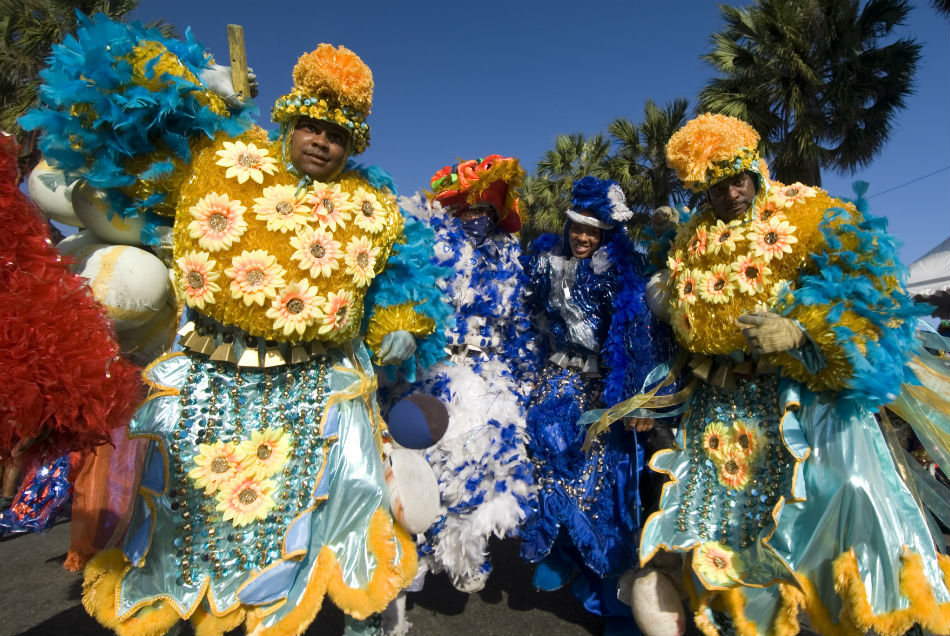
- Get to Know
- About Dominican Republic
- What to see
- What to do
- Hotels
- Santo Domingo
- Boca Chica
- South coast
- Bani
- Azua de Compostela
- Barahona
- Pedernales
- Inland Region
- Santiago de los caballeros
- Jarabacoa
- Concepción de la Vega
- Constanza
- San Francisco de Macorís
- North Coast
- MonteCristi
- Puerto Plata
- S. F. de Puerto Plata
- Sosúa
- Cabarete
- Nagua
More Offers on:Touristic Information:- Dominican Republic
- Santo Domingo
- San Pedro de Macorís
- Juan Dolio
- La Romana
- Higüey
- Punta Cana
- Playa Bávaro
- Samaná
- Hato Mayor
- Bani
- Azua
- San Cristóbal
- Barahona
- Pedernales
- Bahoruco
- San Juan de la Maguana
- Independencia
- Montecristi
- Puerto Plata
- Sosúa
- Cabarete
- Río San Juan
- Nagua
- Santiago
- Jarabacoa
- La Vega
- Constanza
- Cotuí
- Bonao
Basic Information:- Prepare your travel
- How to get
- Means of Transport
- Gastronomy
- What to See
- Beaches
- Museums
- Natural Parks
- Zoos & Aquariums
- What to do
Others:Carnival in the Dominican Republic
Enjoy one of the most original festivals and with the greatest traditions of the Dominican Republic.

Copyright Turismo RDThe Carnival is a very rooted tradition for the Dominican people and a true expression of their identity.
The first Carnival celebrations in the island date back to 1520, Colonial time. During the Haitian occupation, the costumes were let apart until again, from 1844 and on, the Dominicans came back to the streets, although without the association of the Carnival to religious festivities, but making it a true festivity which was celebrated three days before Ash Wednesday. This is why the month of February has been since then the month of the Carnival in the Dominican Republic.
Every Sunday of the month, different cities organize their parades. Although beauty is around each of one of these exhibitions, the worldwide known Carnival is the one celebrated in La Vega and, as it was expected, the one organized in the capital, Santo Domingo, usually celebrated between the last Sunday of February and the first of March. In this last one, the Ministry of Tourism and Culture gives awards to the best costume, groups, etc., divided in different categories.
The distinctive about the amazing Dominican Carnival is the influence of different cultures on its evolution. In addition to the undeniable Spanish presence, it counts with a great variety of characters coming from the African cultures or the traditions of other countries, such as the ‘Diablo Cojuelo’, the ‘Califé’ or the ‘Roba la gallina’, among many others which, by the rhythm of the dance and music, blend into and mix up with the colourful parades.
Regarding the crafter and flashy masks, on their beginnings, they followed the traditional technique original from Spain but bit by bit they evolved thanks to the contribution of slaves coming from Africa and the free men whom, with their work, gave the place the famous handicraft tradition of the well known ‘Careteros’, the craftsmen who make the Dominican masks. These are elaborated with papier machê, feathers, newspapers, banana leaves, a painted pumpkin, top of little bottles or clothes, among many other recyclable materials which are harmonized and complement in a process made up by sequential steps and which, sometimes, turn to more advanced procedures and materials.
You can also find the ‘Diablos cojuelos’ which wear a whip or the ‘vejiga inflada’ with which they flog the peasants to eliminate the negative energies and purify them, in order to let the positive energies flow.
All out, there are different organized tours by some of the agencies to enjoy the Carnivals, discovering the meaning and symbology of the characters, costumes or actions, just as tasting the most customary dishes of the area or even visiting the La Vega caves, from where the ‘Diablos Cojuelos’ come from.
For further information about this festival visit the webpage of the Ministry of Tourism and Culture of the Dominican Republic: http://www.sectur.gob.do/
Find out more information you need to know before your trip to the Dominican Republic:
Hotels
Book now your Hotel or Apartment:
Flight Offers:
Compare flight offers and book in advance to save some money.
Car Rental
Find the largest offer in car rental for your holidays:
Copyright www.VisitDominicanRepublic.org © - All rights reserved.


